Sewage Treatment Plant Installation: Essential Information
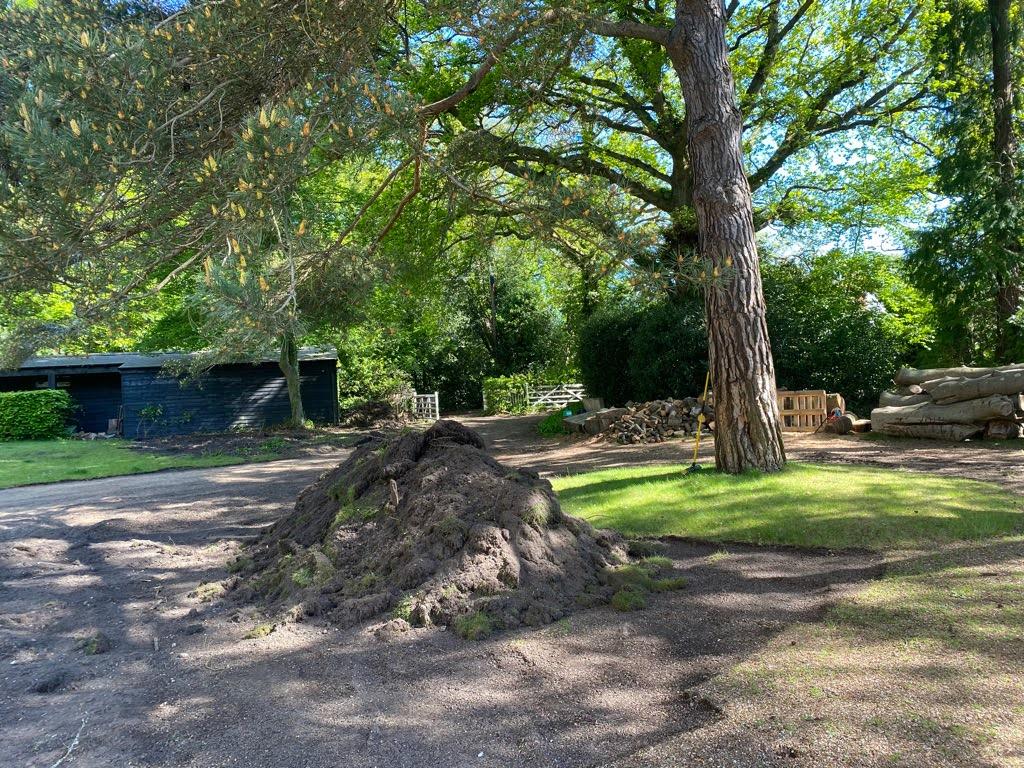
Installing a sewage treatment plant is a significant undertaking that requires careful planning, adherence to safety protocols, and compliance with environmental regulations. At ASL Limited, we specialise in the installation, maintenance, and servicing of private sewage systems across Surrey, Berkshire, Hampshire, West Sussex, and South West London.
1. Conducting a Risk Assessment
Before commencing any installation, it is imperative to carry out a comprehensive risk assessment. This involves evaluating site conditions, determining site levels, planning the trench route, and establishing the required depth and width for the installation.
2. Soil Testing and Site Preparation

Percolation Testing: Conducting a percolation test helps determine the rate at which water infiltrates the soil. This information is crucial for designing an effective drainage field and ensuring the treatment plant functions optimally.
Spoil Management: Plan for the storage and positioning of excavated material (spoil) to prevent it from compromising the stability of the excavation site.
3. Managing Water Ingress and Excavation Support
Sheet Piling: In areas with high groundwater levels, sheet piling may be necessary to provide lateral support and reduce water ingress during excavation.
Dewatering Equipment: Depending on site conditions, dewatering equipment may be required to manage excess water and maintain a safe working environment.
4. Understanding Soil Behaviour and Excavation Safety
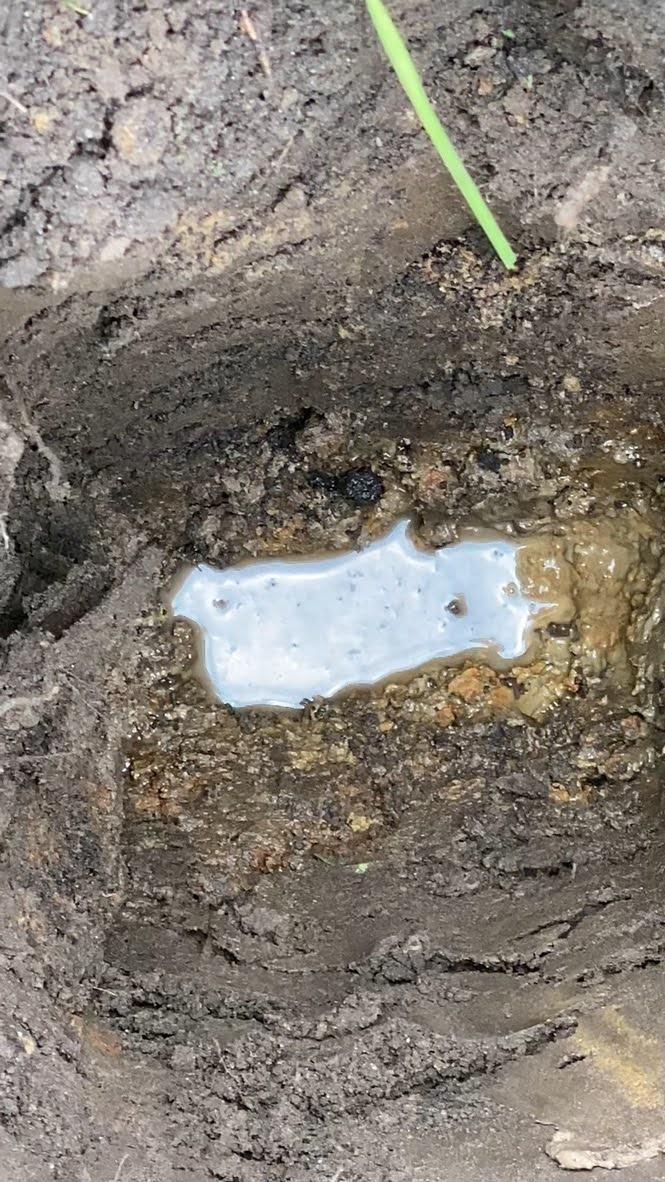
Different soil types can behave unpredictably during excavation. It is essential to:
Monitor for signs of soil instability, such as water seepage, bubbling, cracking, or changes in soil colour.
Ensure that any excavated hole is made safe on the same day using appropriate shoring techniques.
Avoid entering unsupported excavations and never work ahead of installed shoring.
5. Identifying Underground Services
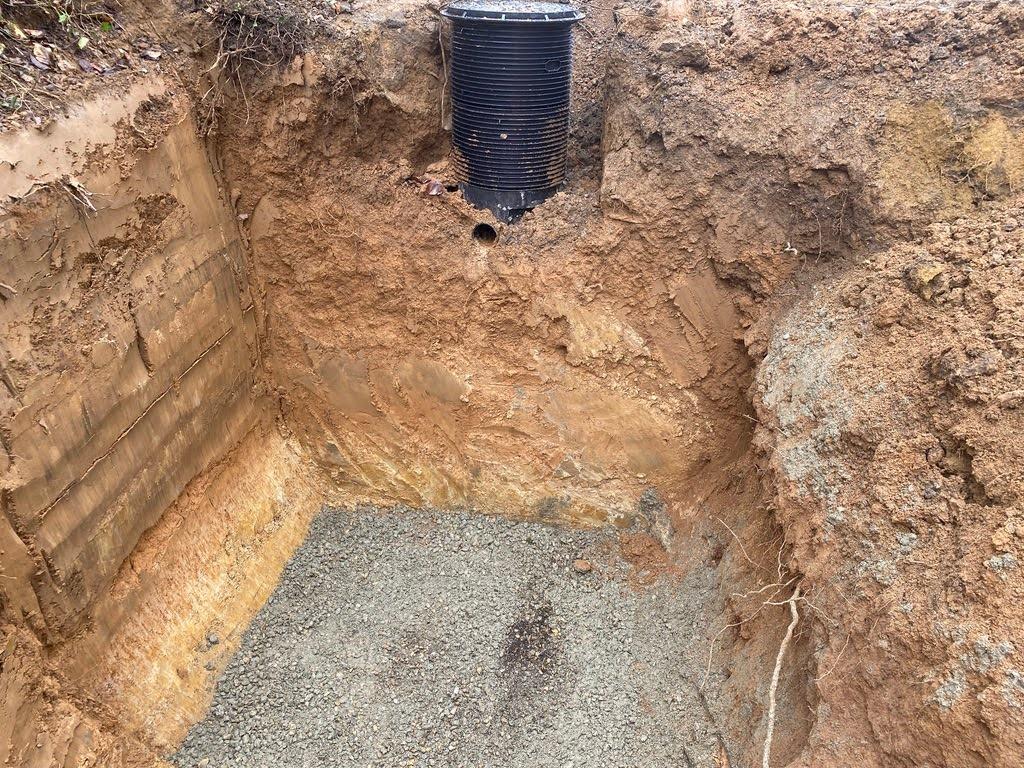
Before excavation, it is critical to locate and identify existing underground services:
Gas Pipelines: Damaging a gas pipeline can lead to explosions, posing severe risks to life and property.
Electric Cables: Striking an electric cable can result in electrocution or fires.
At ASL Limited, we employ manual excavation methods when services are detected to prevent accidental damage. Our team uses advanced detection equipment and follows strict safety protocols to identify and protect existing utilities.
6. Implementing Trench Safety Measures
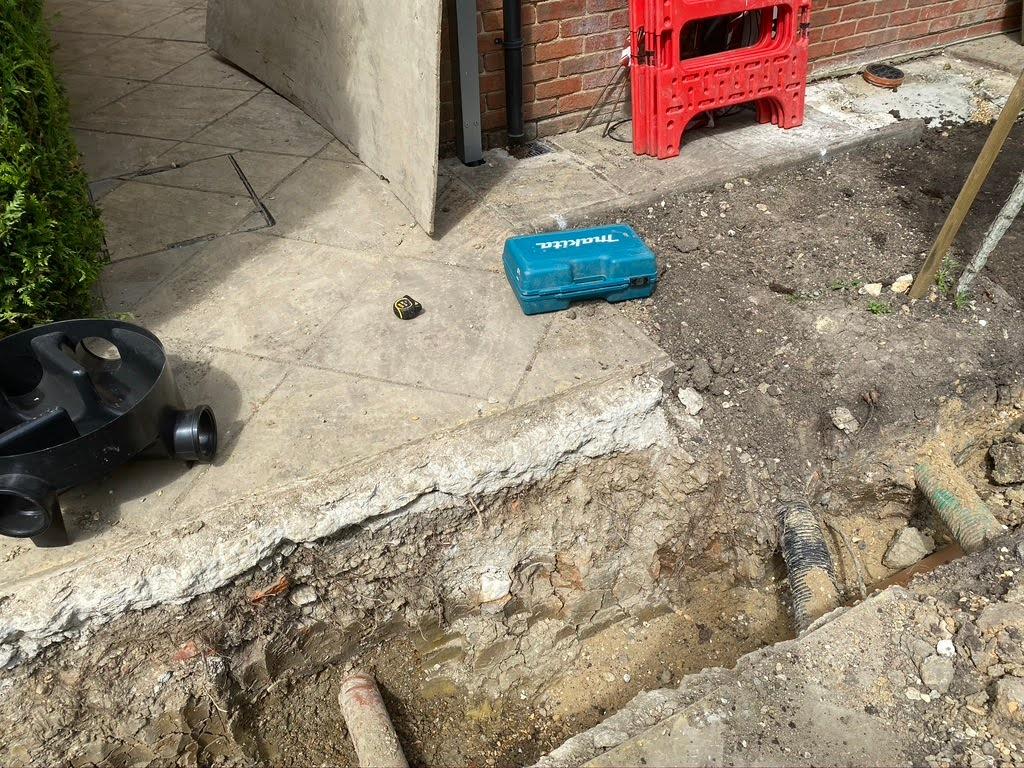
Benching and Shoring: Utilise benching (excavating the sides of a trench to form steps) and shoring systems to prevent trench collapses and protect workers.
Spoil Placement: Keep spoil piles at least 2 feet away from the trench edge to reduce the risk of collapse.
Access and Egress: Provide ladders or other safe means of access and egress for trenches deeper than 1.2 metres, ensuring they extend at least 1 metre above the trench edge.
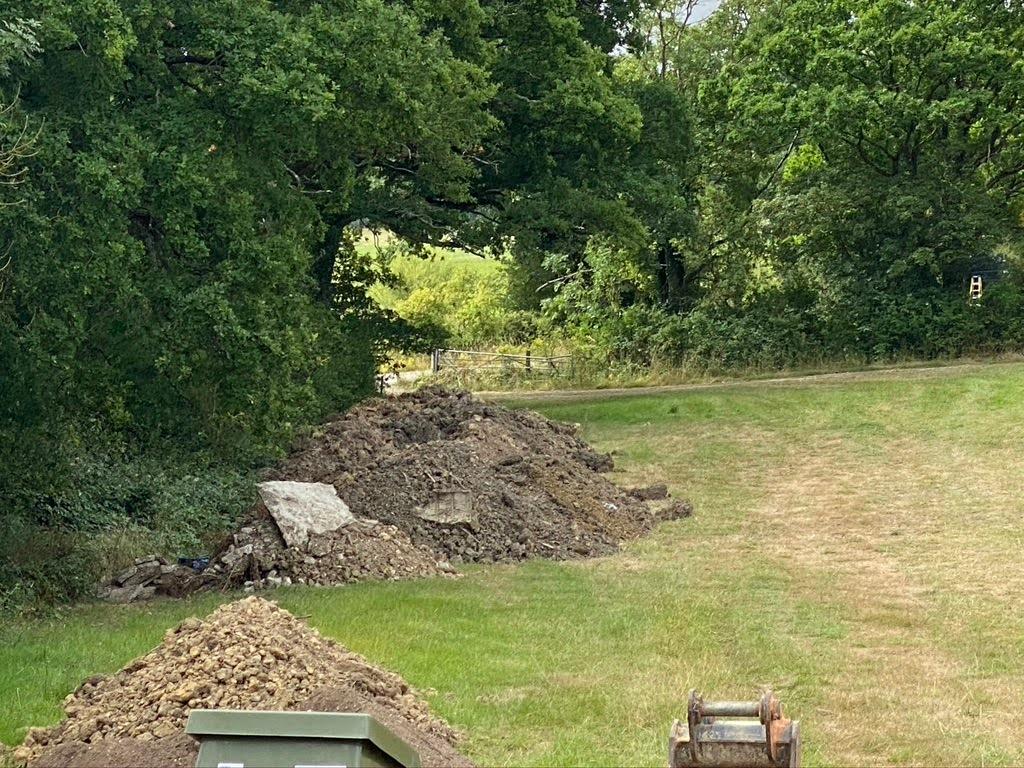
7. Defining Deep Excavations
In the context of sewage treatment plant installations, a deep excavation is typically any excavation up to but not exceeding 14 feet (approximately 4.3 metres). Proper precautions, including adequate shoring, spoil management, and continuous monitoring, are critical to ensuring safety.
Contact ASL Limited for Expert Sewage Treatment Solutions
With over 40 years of experience, ASL Limited is your trusted partner for sewage treatment plant installations, maintenance, and repairs. Our team of experts is committed to delivering high-quality services tailored to your specific needs.

